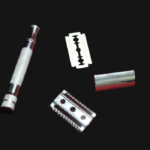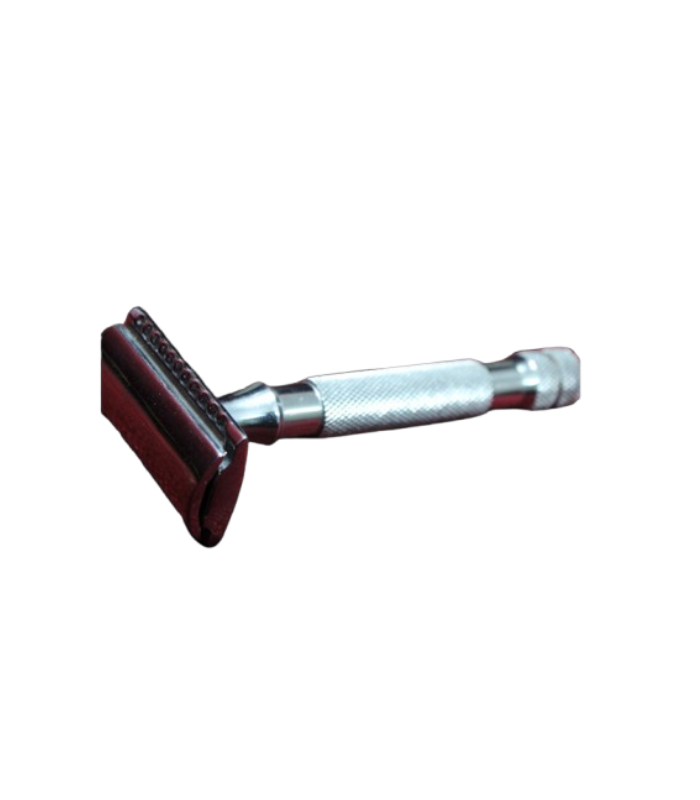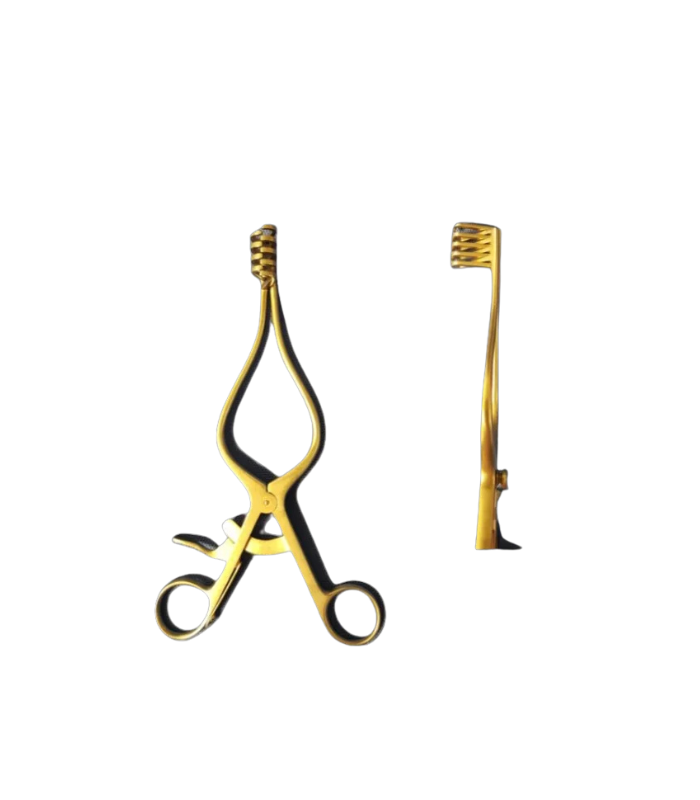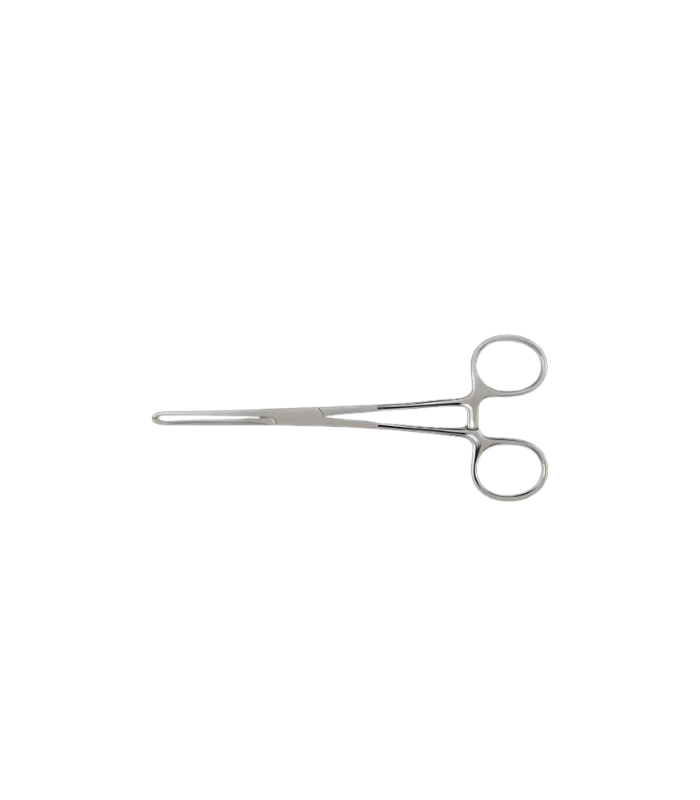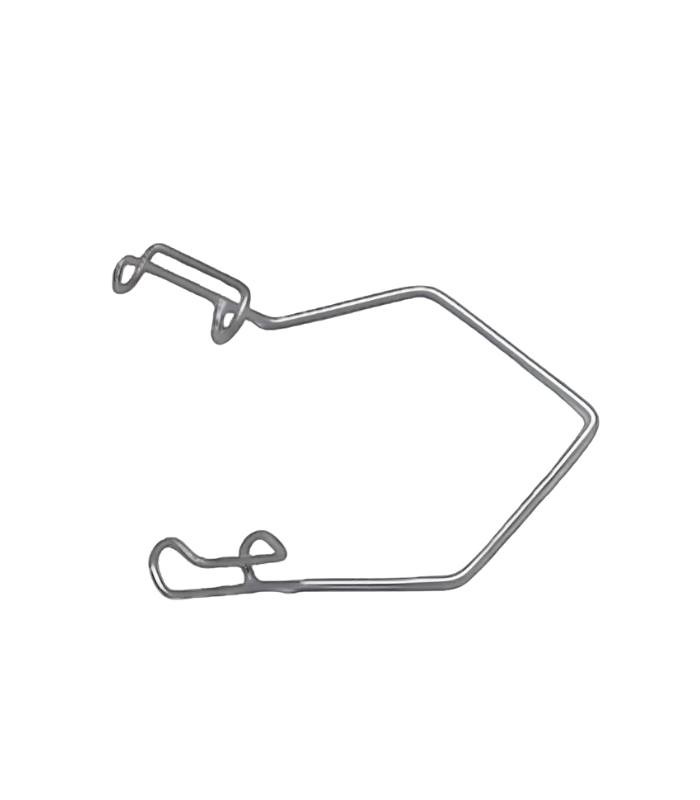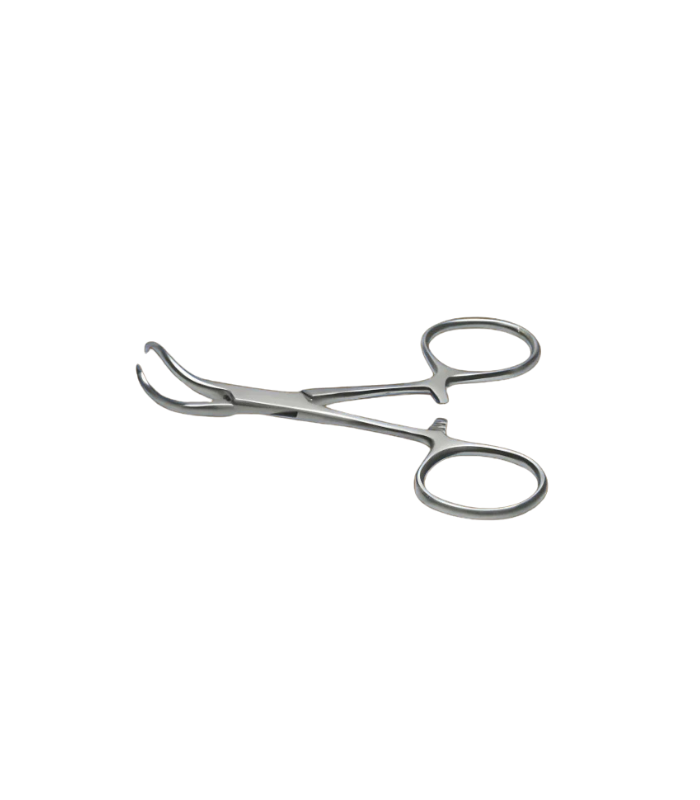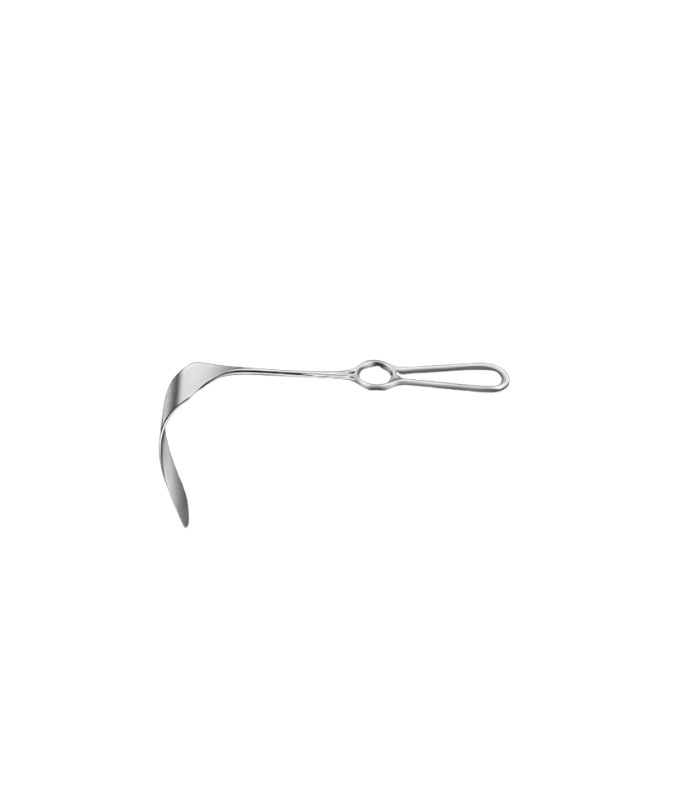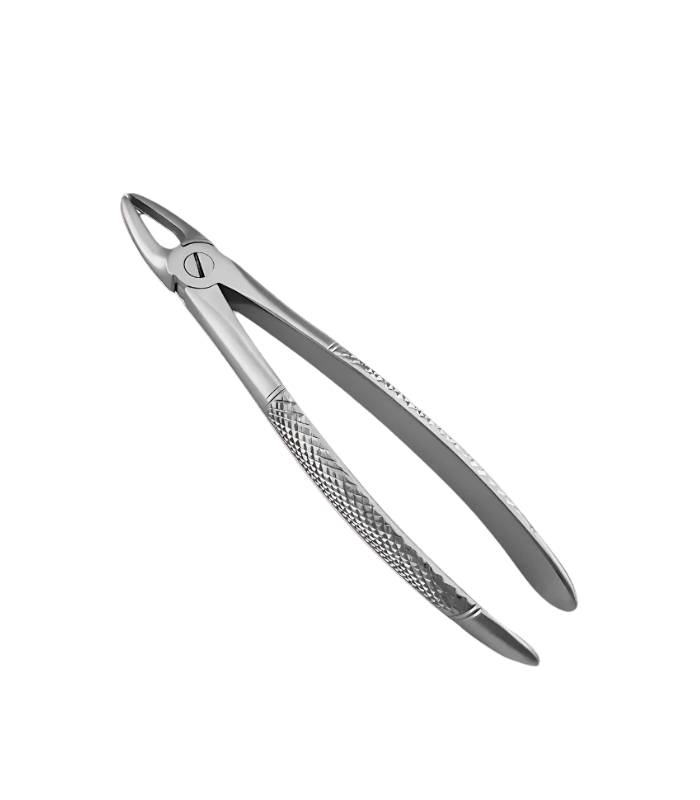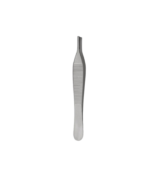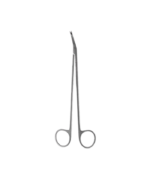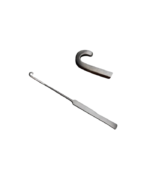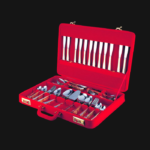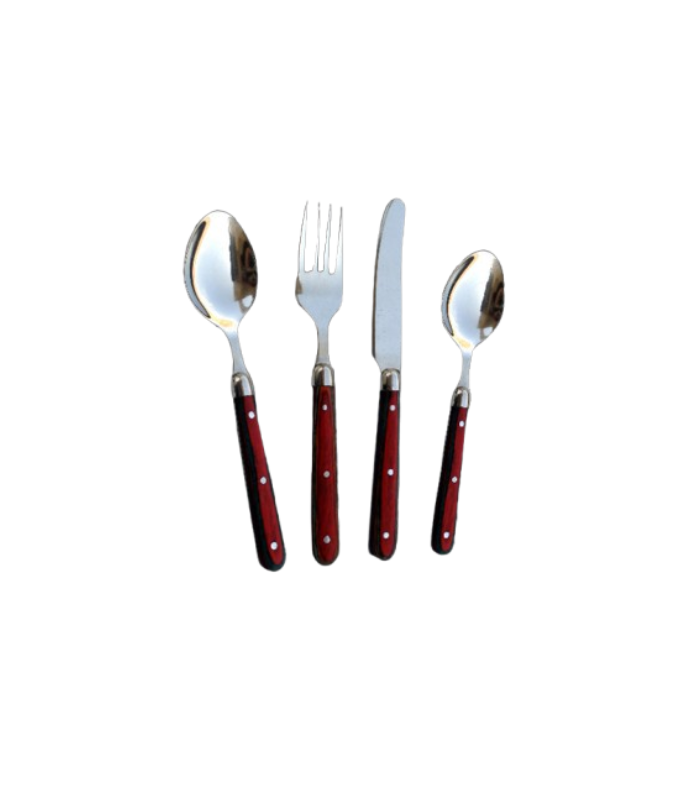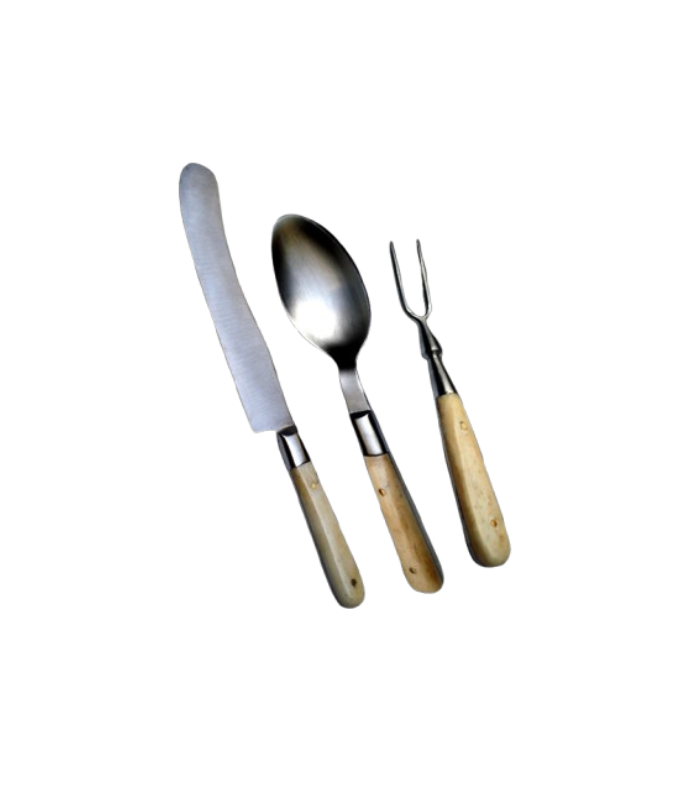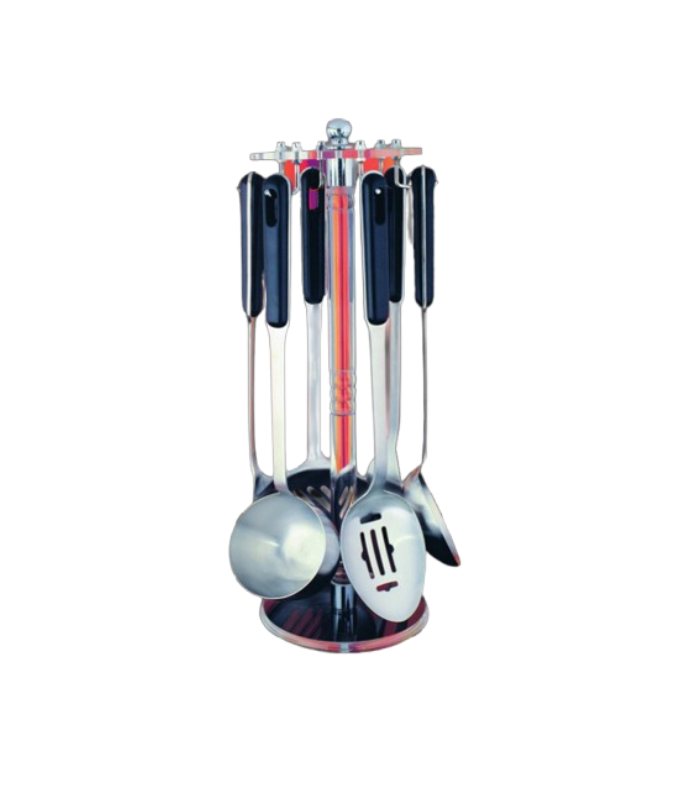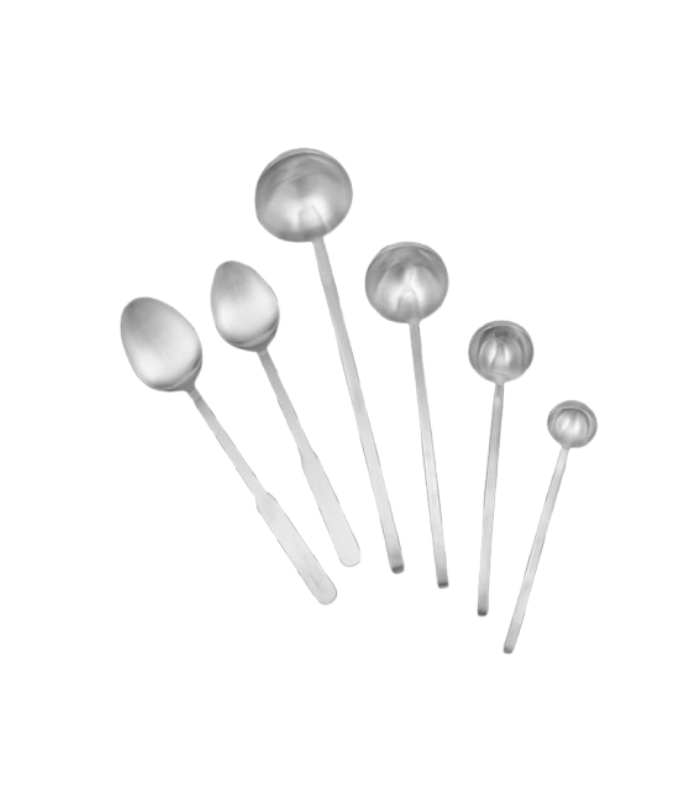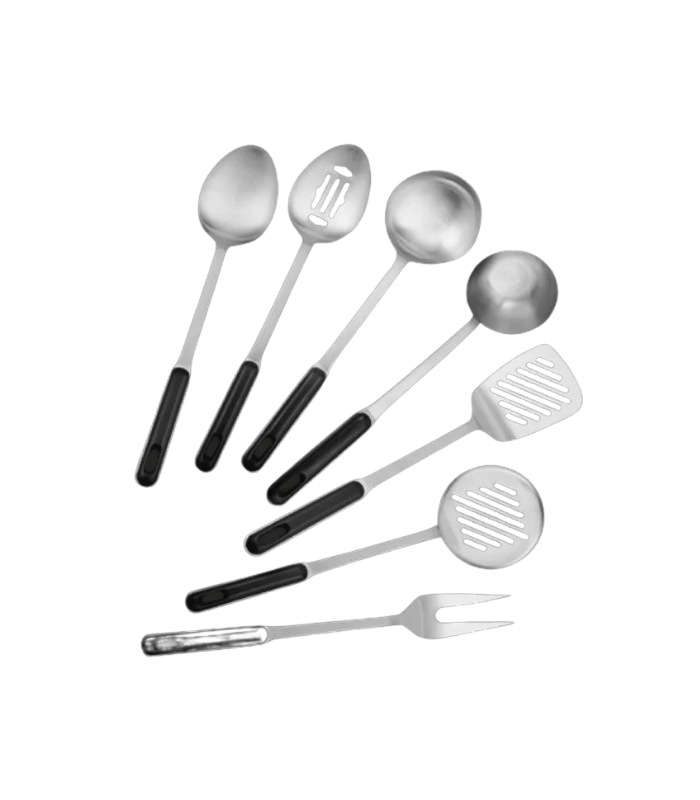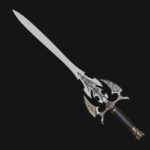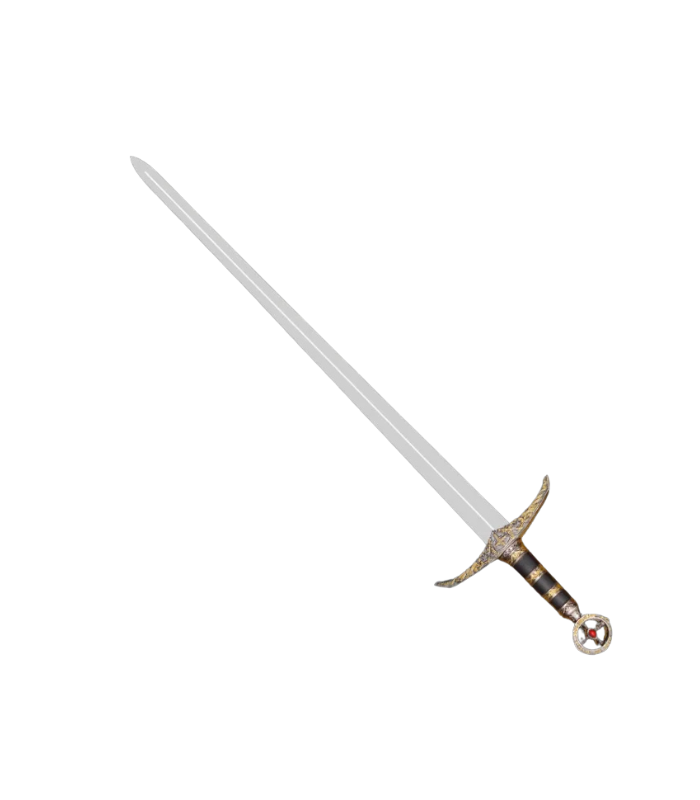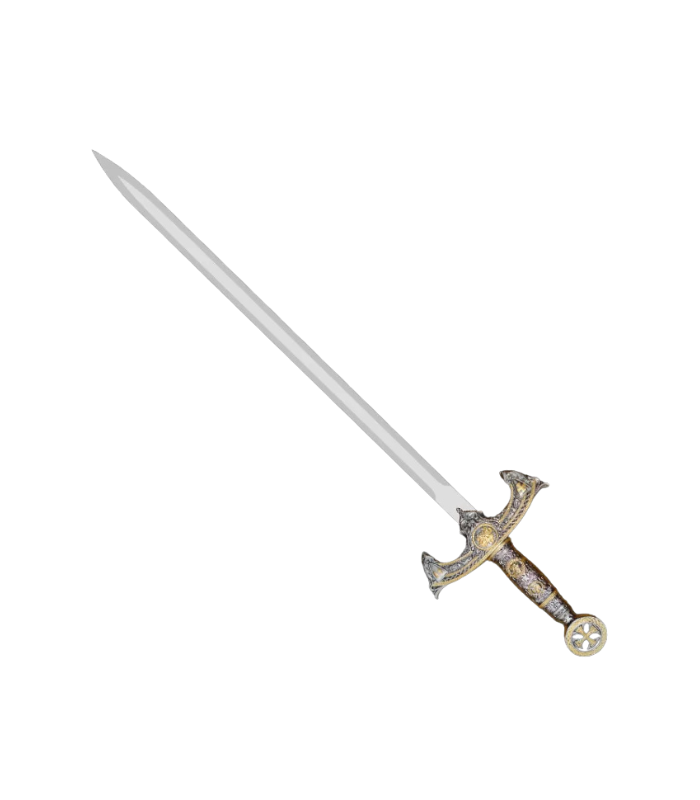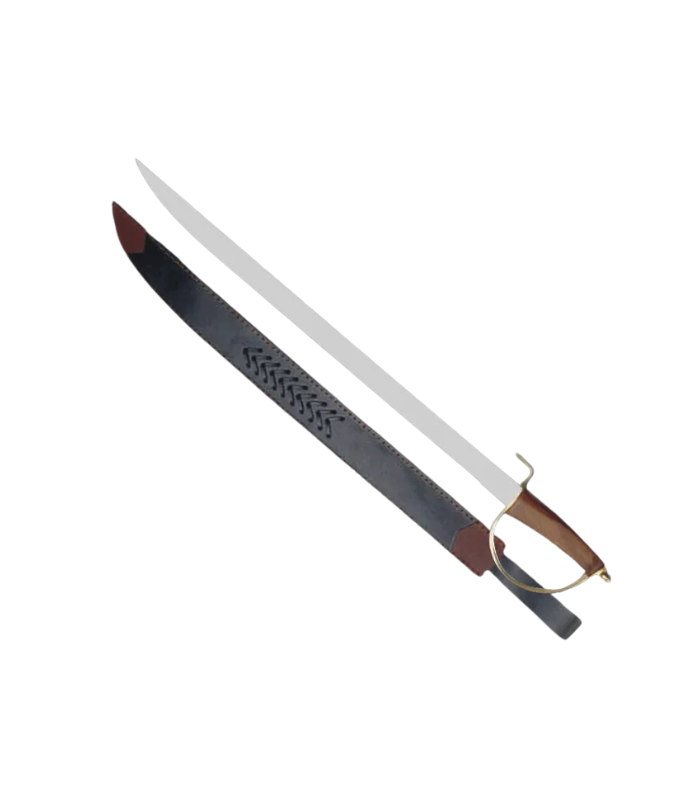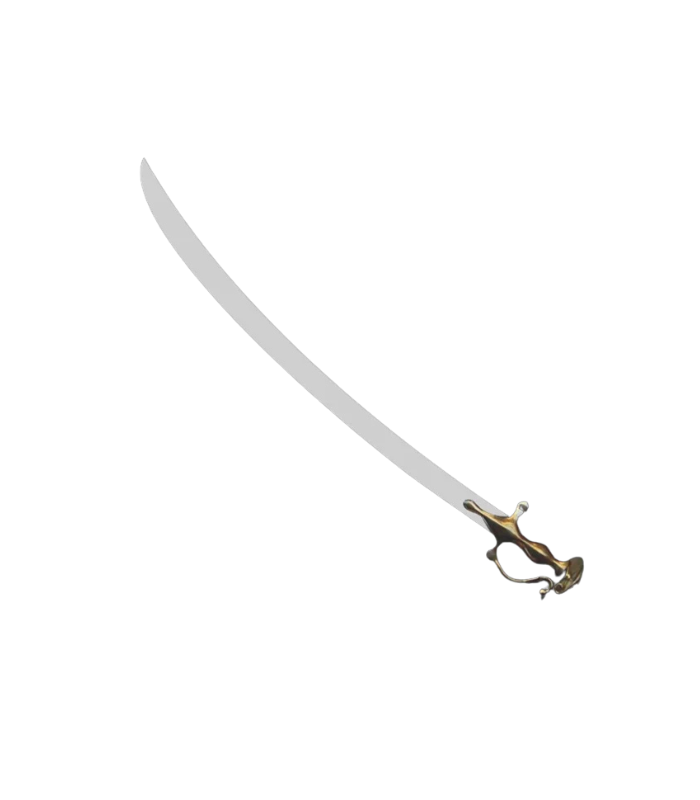A Beginner’s Guide to Veterinary tools Maintenance: Expert Tips for Optimal Care

Introduction: Ensuring Longevity and Performance of Veterinary Tools
Veterinary instruments play a crucial role in the care and treatment of animals. Whether you’re a seasoned professional or just starting in the veterinary field, maintaining the quality and functionality of your tools is vital to ensure optimal performance during procedures. In this comprehensive guide, we’ll discuss essential tips and best practices for the maintenance of veterinary tools, particularly focusing on the high-quality stainless steel instruments manufactured by Sirecks Enterprises.
Why Proper Maintenance of Veterinary Instruments Matters
Proper maintenance of veterinary instruments isn’t just about cleanliness—it’s about ensuring safety, reliability, and long-term performance. When tools are well-maintained, they work more effectively, reduce the risk of infections, and last longer, saving both time and money. As a beginner, it is essential to establish a routine of regular maintenance to ensure that all instruments are in optimal condition for use.
Key Guidelines for Veterinary Tool Maintenance
- Cleaning and Disinfection: The Basics
- Always clean your instruments after every use. Blood, tissue, and bodily fluids can easily accumulate on tools, making cleaning essential to prevent contamination.
- Use mild, non-corrosive detergents to clean the instruments. Avoid harsh chemicals that could damage the stainless steel.
- After cleaning, disinfect the tools with an appropriate disinfectant. Be sure to follow the manufacturer’s recommendations for the disinfectant’s effectiveness.
- Drying and Storing Your Instruments
- Dry your instruments thoroughly after cleaning. Any residual moisture can cause rust, even with high-quality stainless steel.
- Store your instruments in a dry, clean environment. Keep them in a designated storage area to prevent unnecessary contact with dirt and bacteria.
- Sharpening and Polishing for Longevity
- Regularly check the sharpness of your cutting instruments. Dull blades can cause unnecessary trauma to animals and may require more force during use.
- Polishing your tools helps maintain their aesthetic appeal and functionality. Ensure your polishing is done gently to avoid damage to the tool’s surface.
- Routine Inspections: Keep an Eye on Wear and Tear
- Periodically inspect all instruments for signs of wear and tear. Look for any loose parts, rust, or discoloration.
- Tools that are worn out or damaged should be replaced promptly to maintain optimal safety during procedures.
The Role of High-Quality Stainless Steel in Veterinary Tool Durability
Sirecks Enterprises takes pride in manufacturing all of our veterinary surgical instruments with high-quality stainless steel. This material offers excellent corrosion resistance, making it ideal for the demanding environments in which veterinary tools are used. Stainless steel also ensures that instruments maintain their sharpness and integrity over time, further reducing maintenance costs.
Why Choose Sirecks Enterprises for Your Veterinary Instruments?
At Sirecks Enterprises, we believe in providing top-notch products that offer both quality and durability. Our veterinary instruments are designed and crafted under the supervision of expert engineers, ensuring that every tool meets the highest industry standards. Our commitment to using high-quality stainless steel guarantees long-lasting, reliable products that help veterinary professionals perform their work with confidence.
Conclusion: A Proactive Approach to Veterinary Tool Maintenance
As a beginner in the veterinary field, establishing good maintenance habits for your tools is essential. By following these simple yet effective guidelines, you can ensure that your instruments remain in excellent condition, contributing to better outcomes for your patients and a longer life for your tools. And when it’s time to replace or upgrade your instruments, trust Sirecks Enterprises to provide the high-quality, durable tools that will meet your needs.

